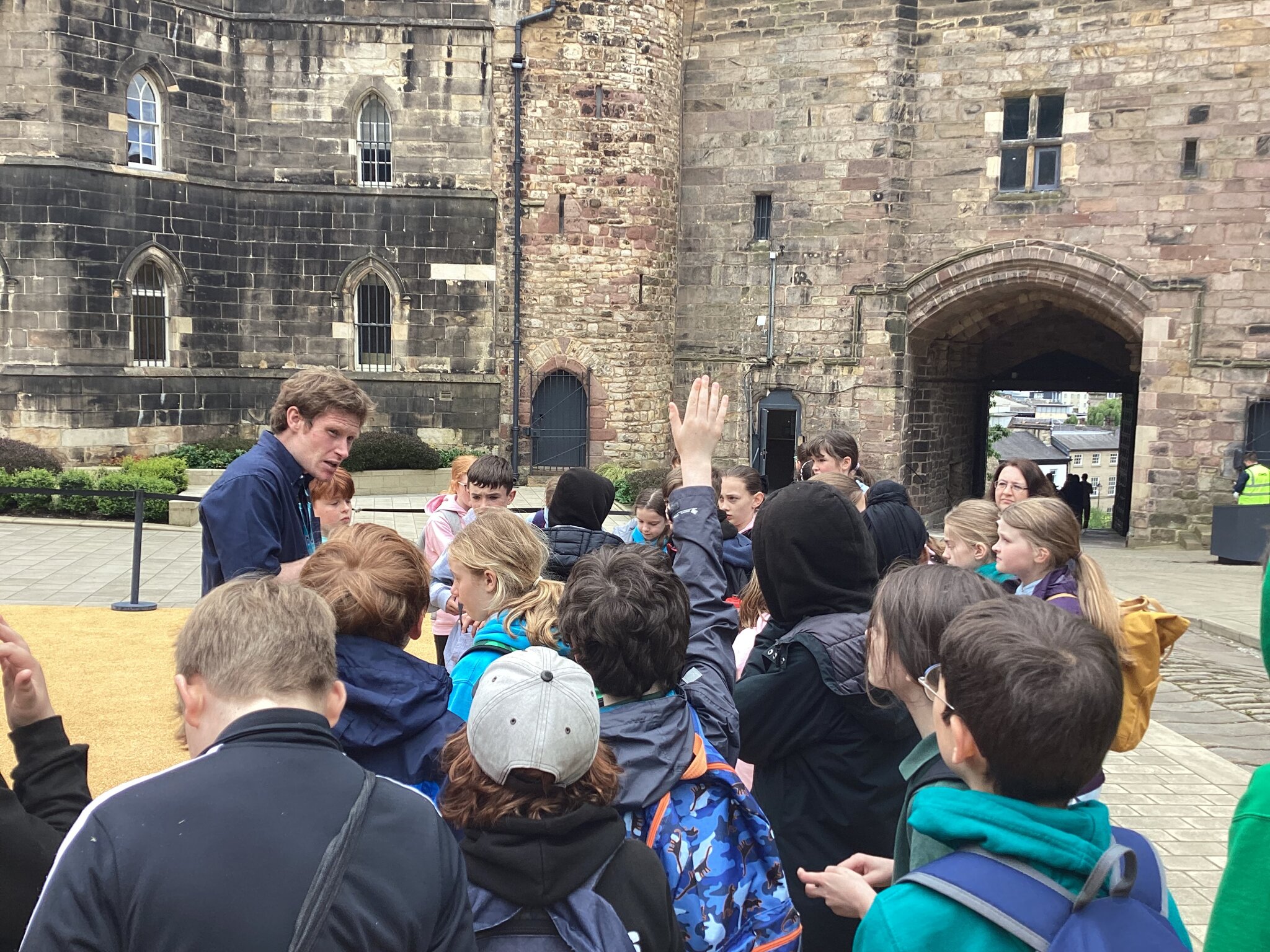
The sun shone for Year 6 today as they walked into Lancaster. Having learned about the development of the settlement of Lancaster in class, we followed our maps (both a modern OS map and a 1610 version) down the A6 before walking past White Cross then down Penny Street and Market Street up to the Castle and Priory - all there in 1610. We then walked down to the Maritime Museum.
Once we arrived at the Maritime Museum, our focus changed to Georgian times, when Miss Huddleston lead us round some of the key places linked to the port of Lancaster and its involvement with the transatlantic slave trade in the 1700s. We learnt about some of the ship owners, including the Hinde family and the Rawlinsons. We were surprised to find out how many ships were built in Lancaster which travelled to the west coast of Africa with cotton fabric and furniture made in Lancaster before sailing on to North America with hundreds of enslaved Africans. These enslaved Africans were the forced to work on sugar, cotton and tobacco plantations. The produce from these plantations would then be carried back to Lancaster on the ships, completing the trade triangle. We thought about the injustice of this slave trade and the impact on the individual enslaved people.
After a picnic lunch by the Priory, we went on to the Castle, where we had a guided tour, learning about its development since Norman times to the present day. Some of the class even experienced what it would have been like waiting to be tried by the court - though they were only locked in the cell for a minute, unlike the possible five months you may have had to wait for the judges in the 1600s!

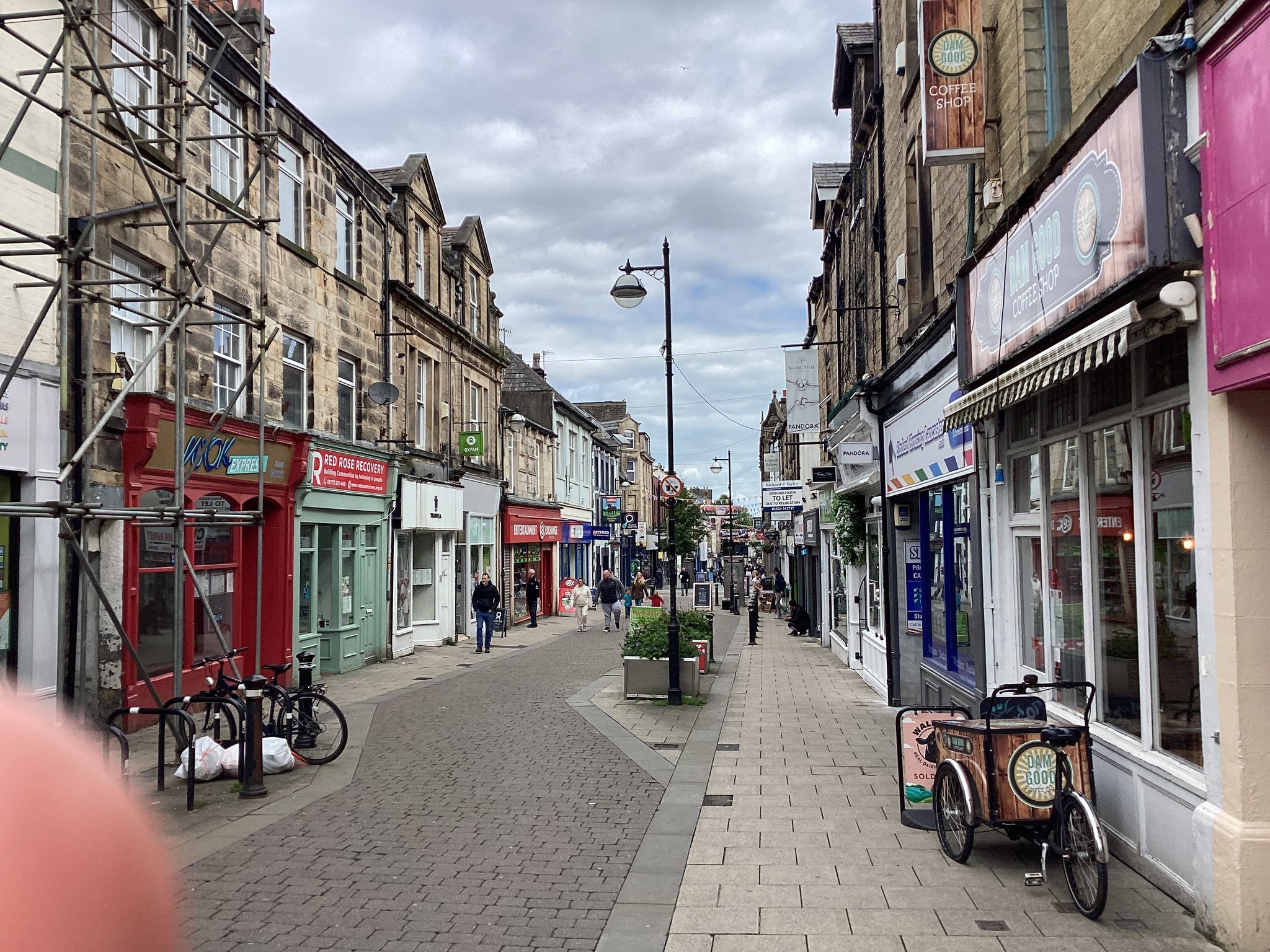


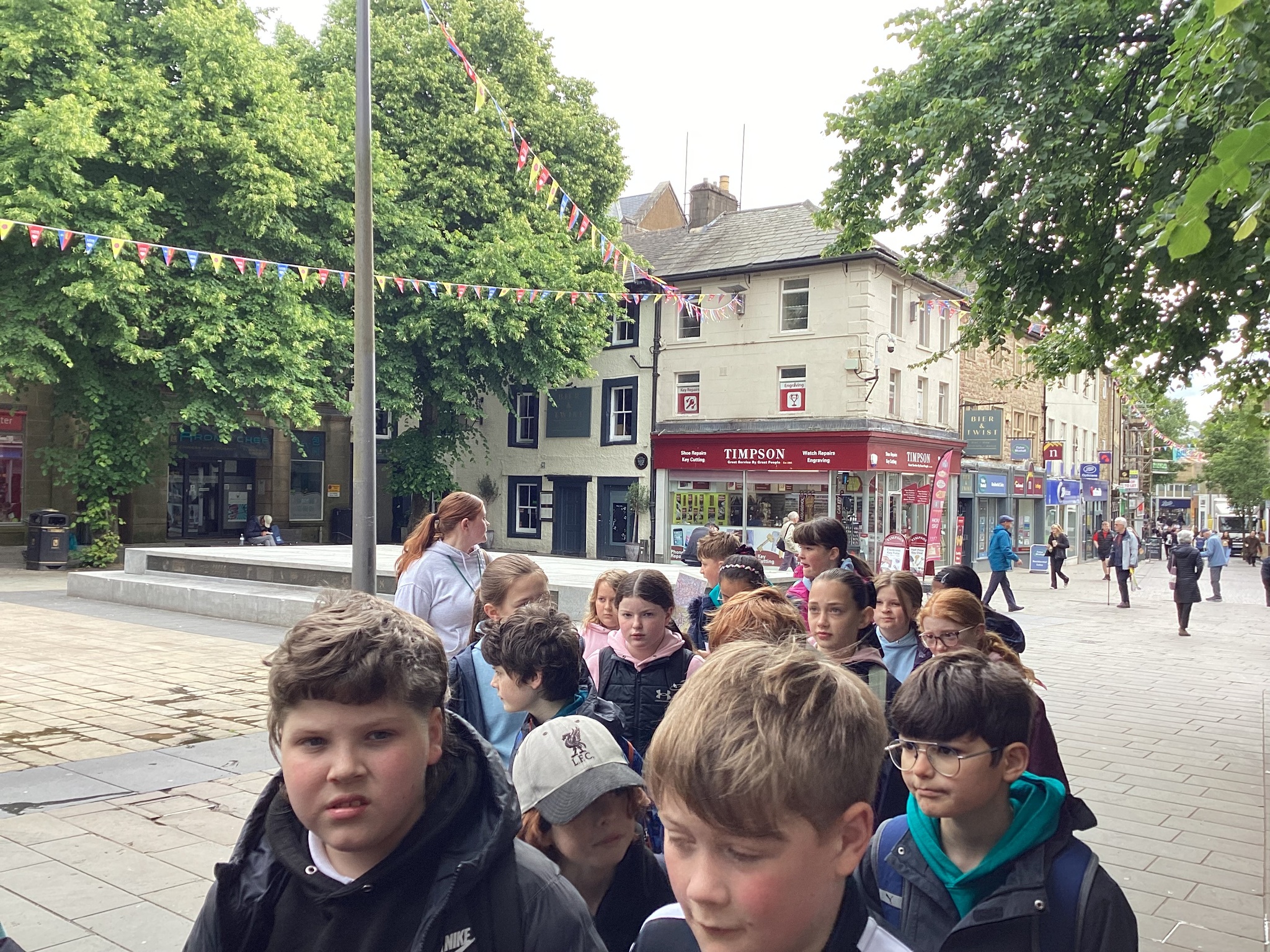


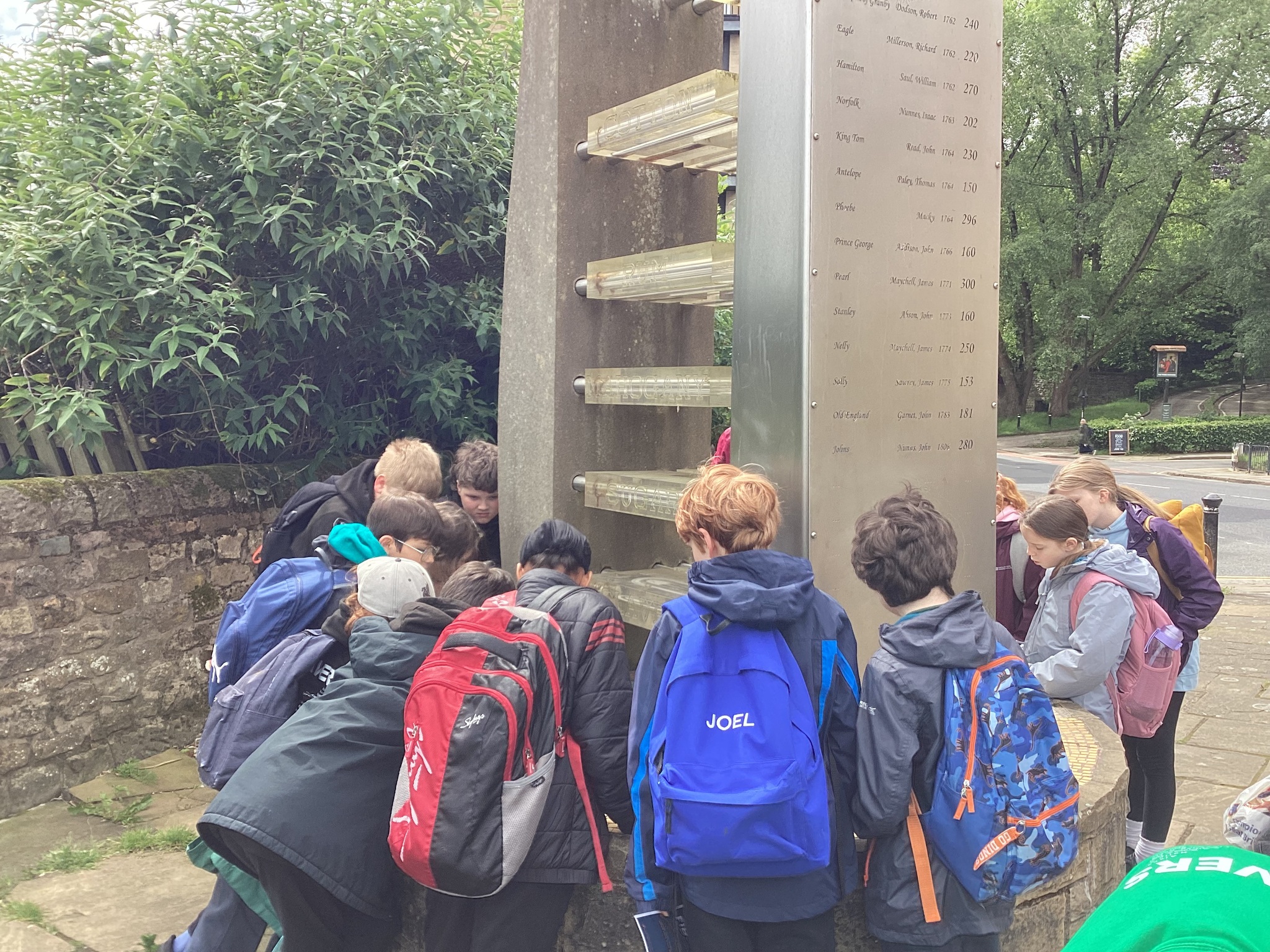
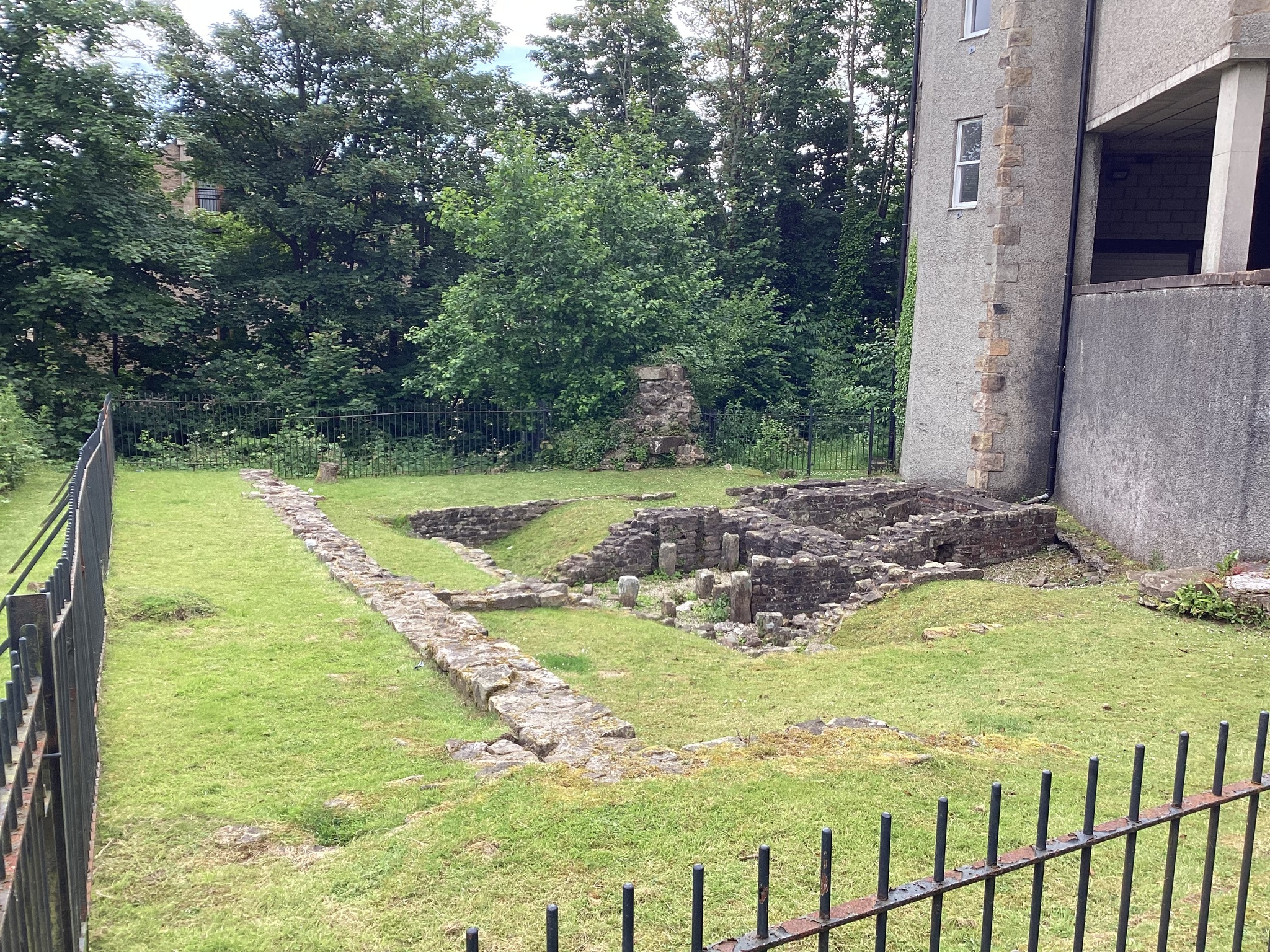
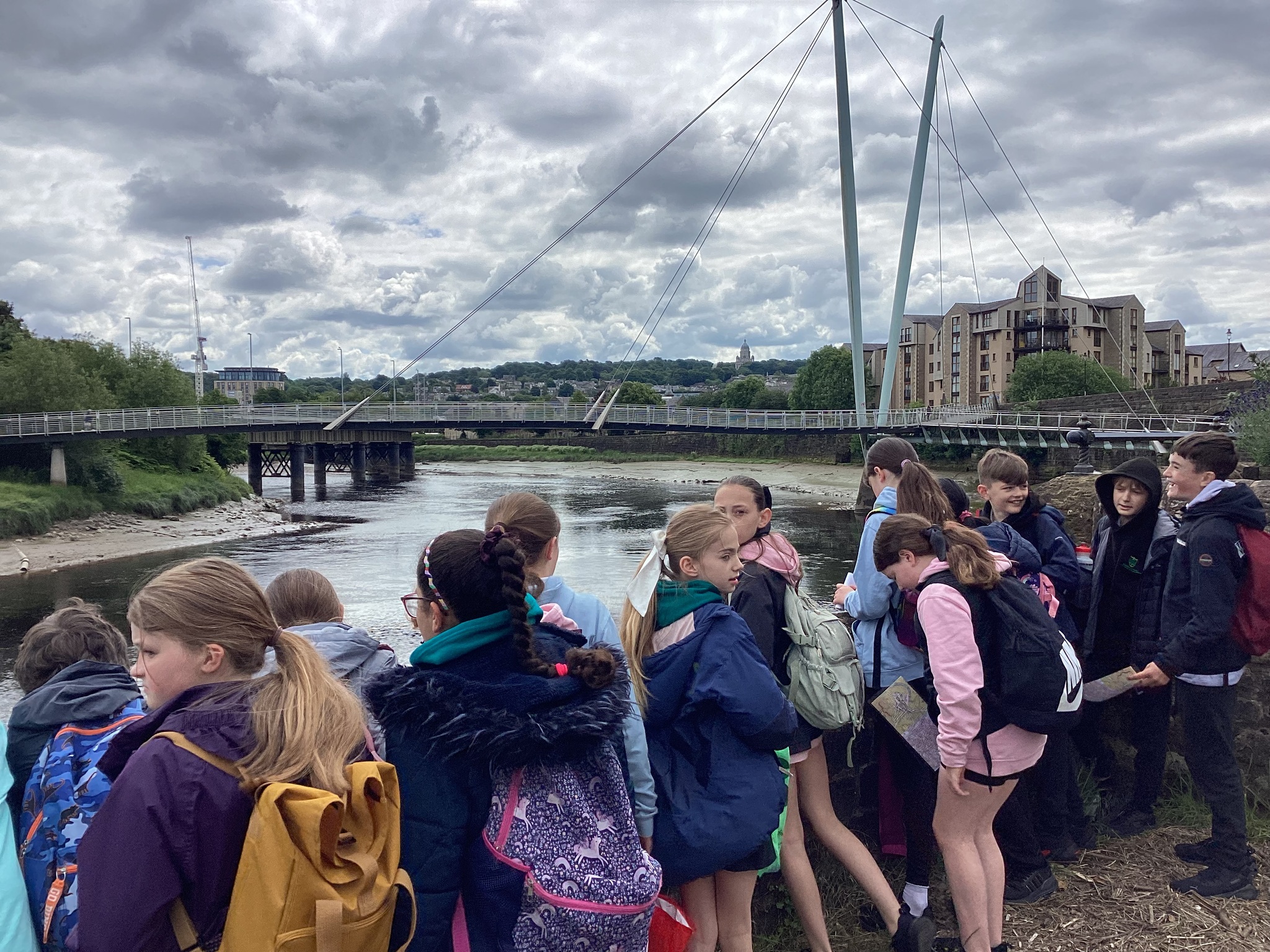

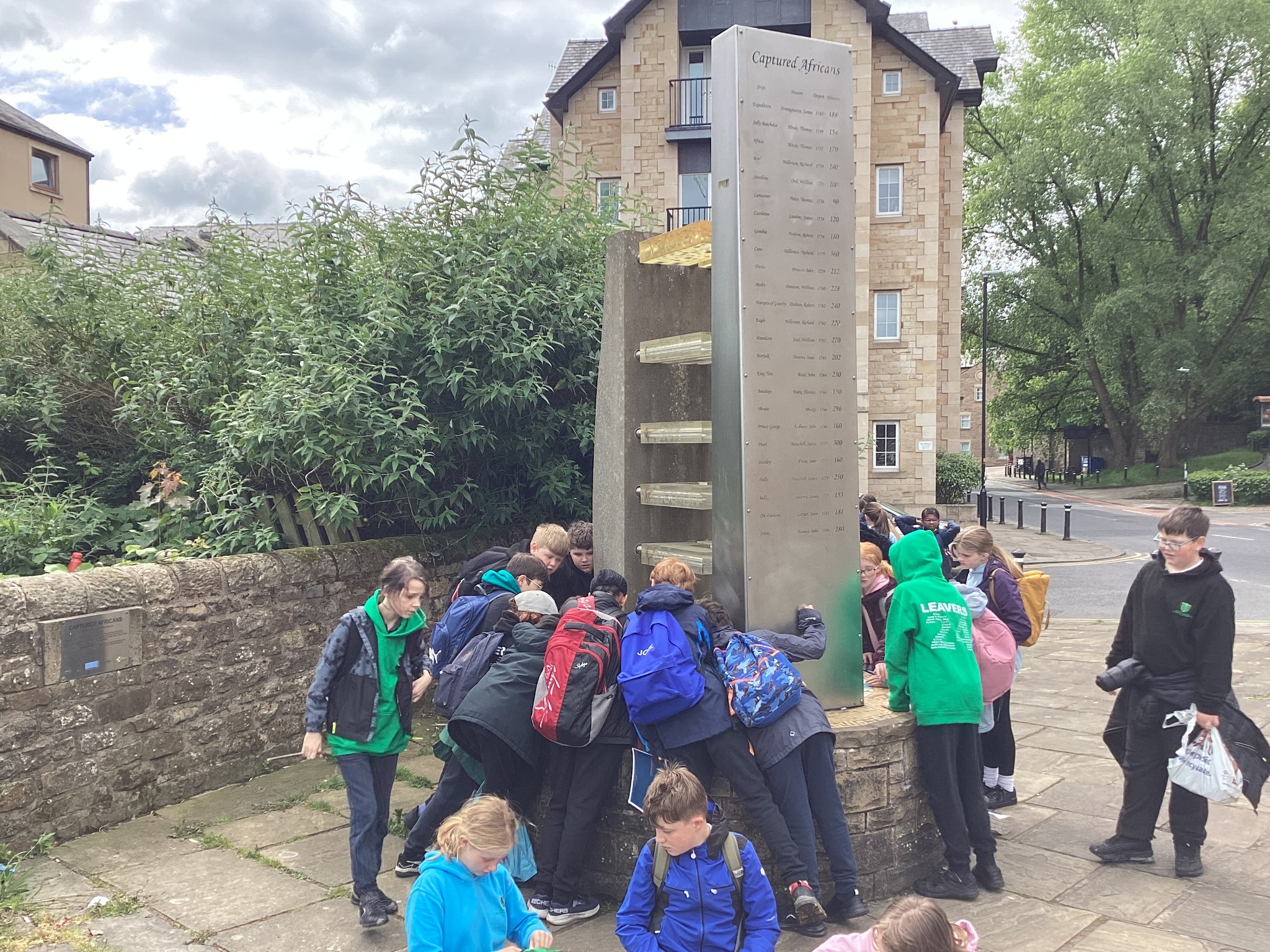

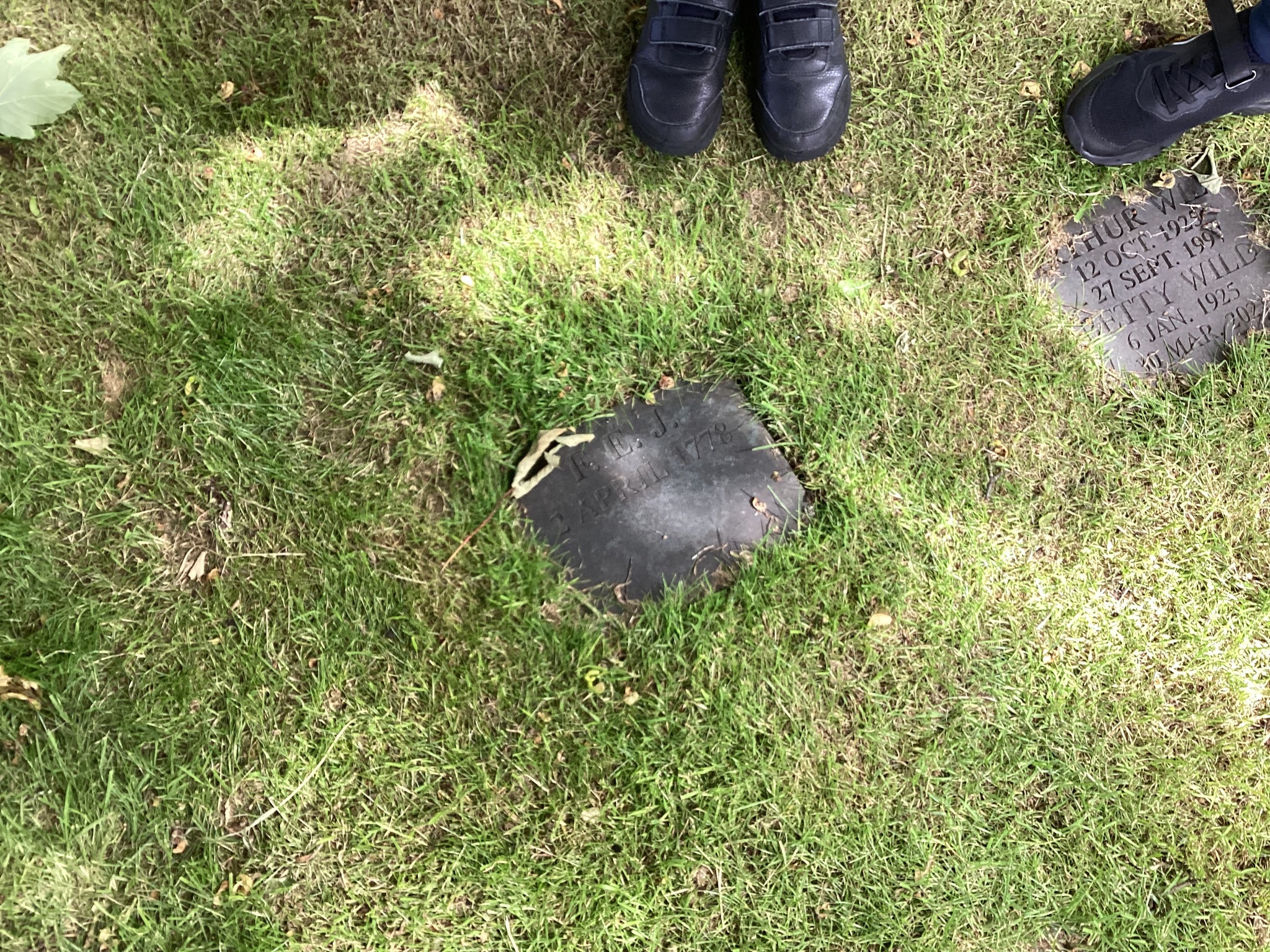

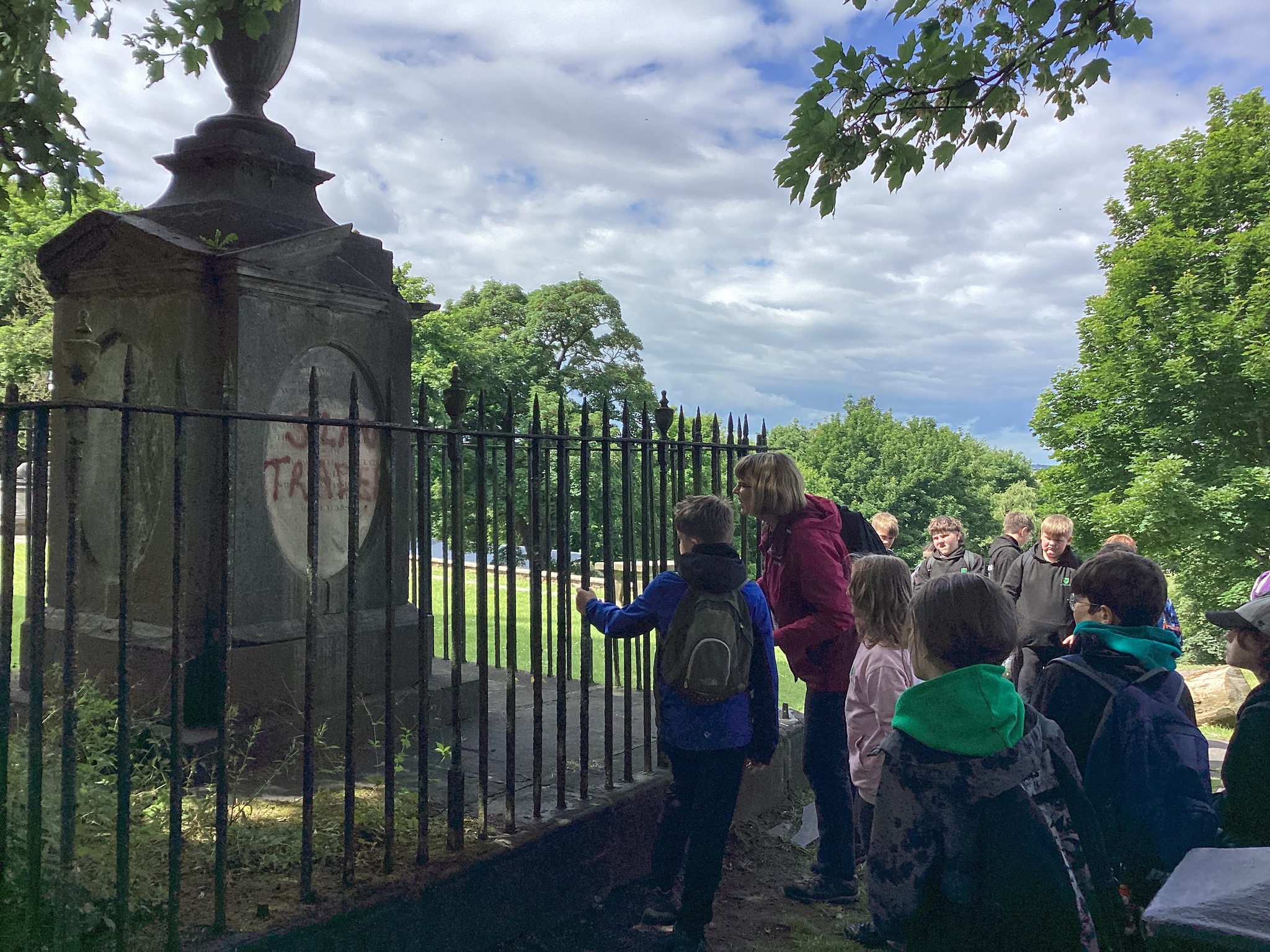
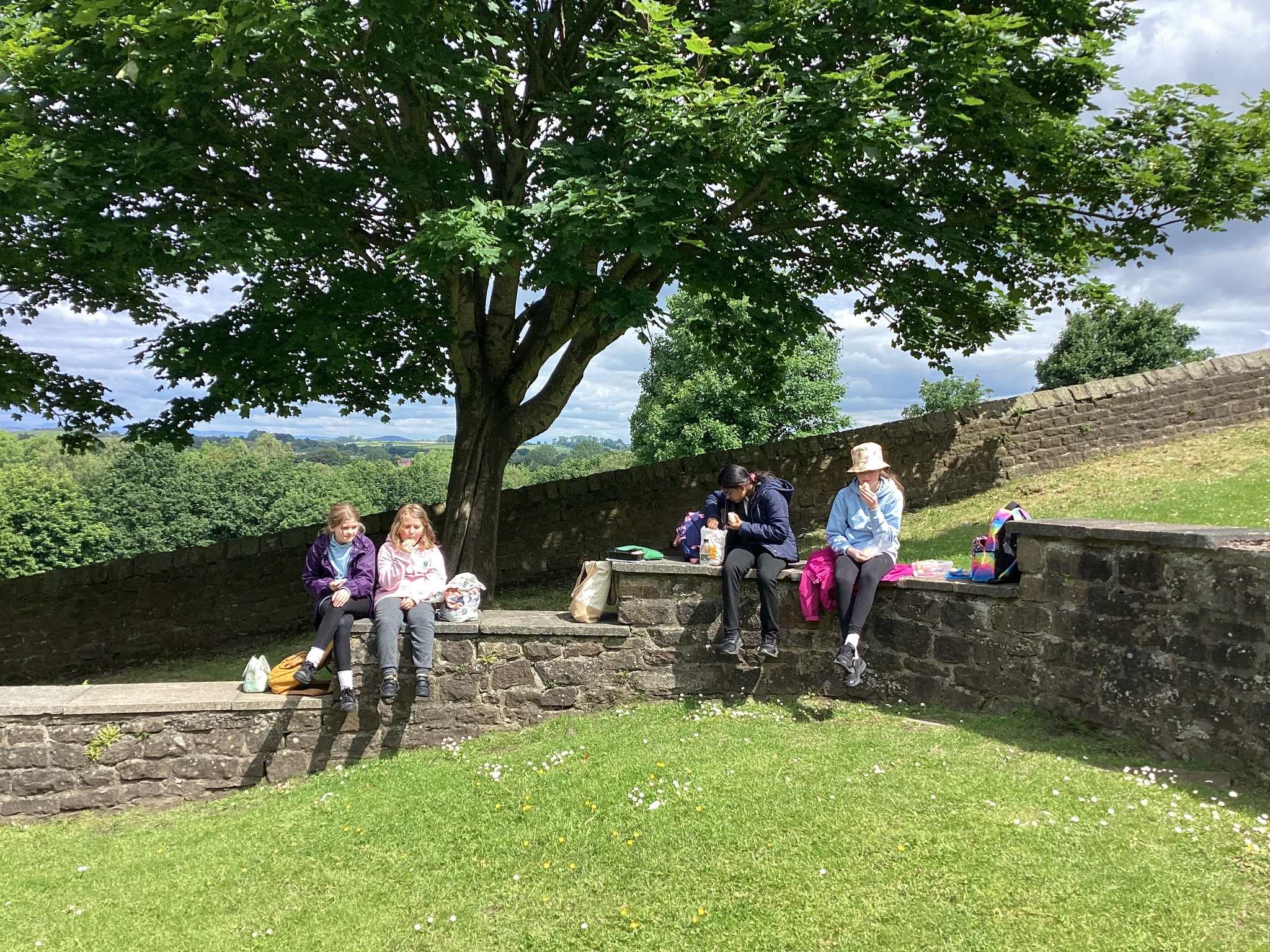

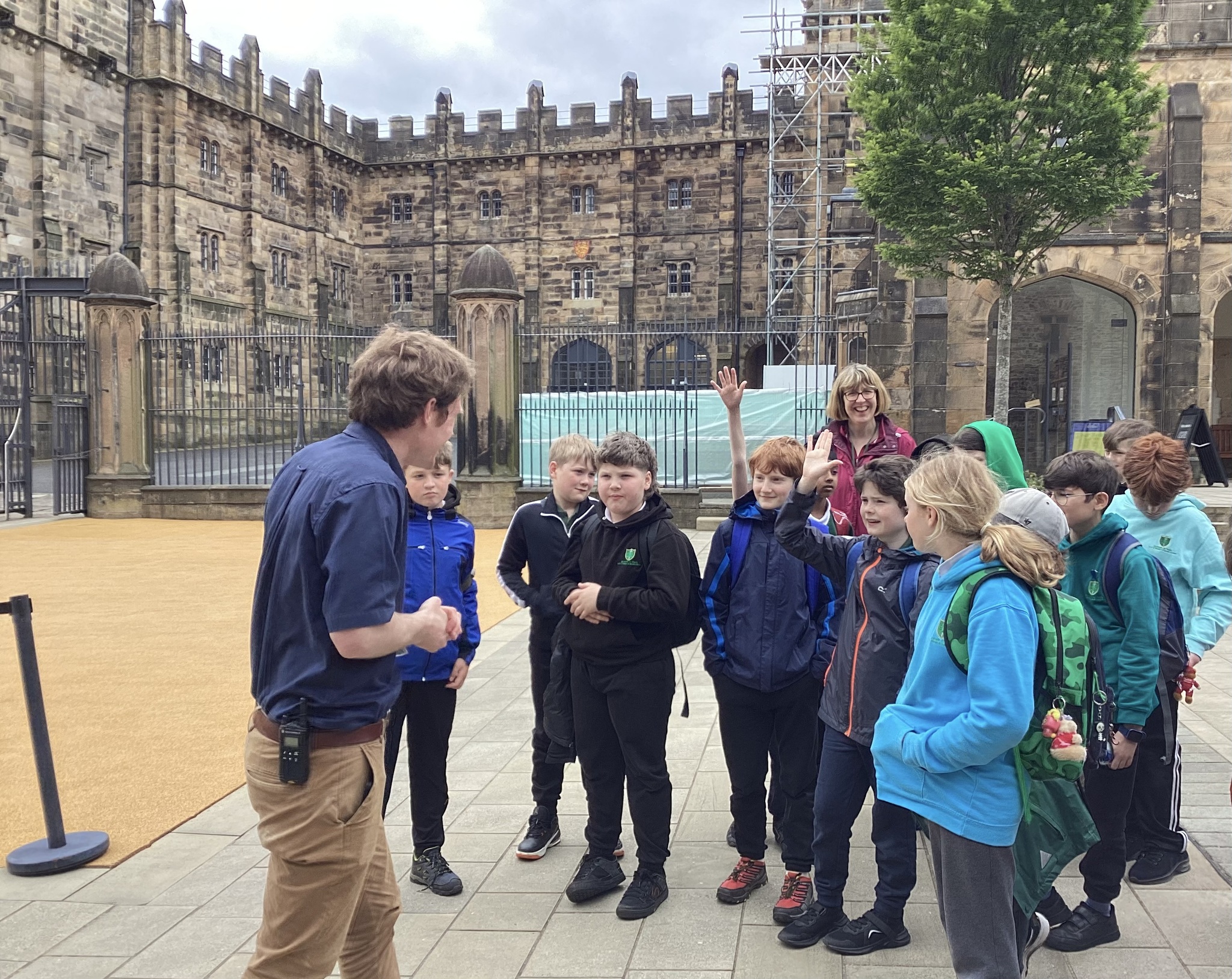

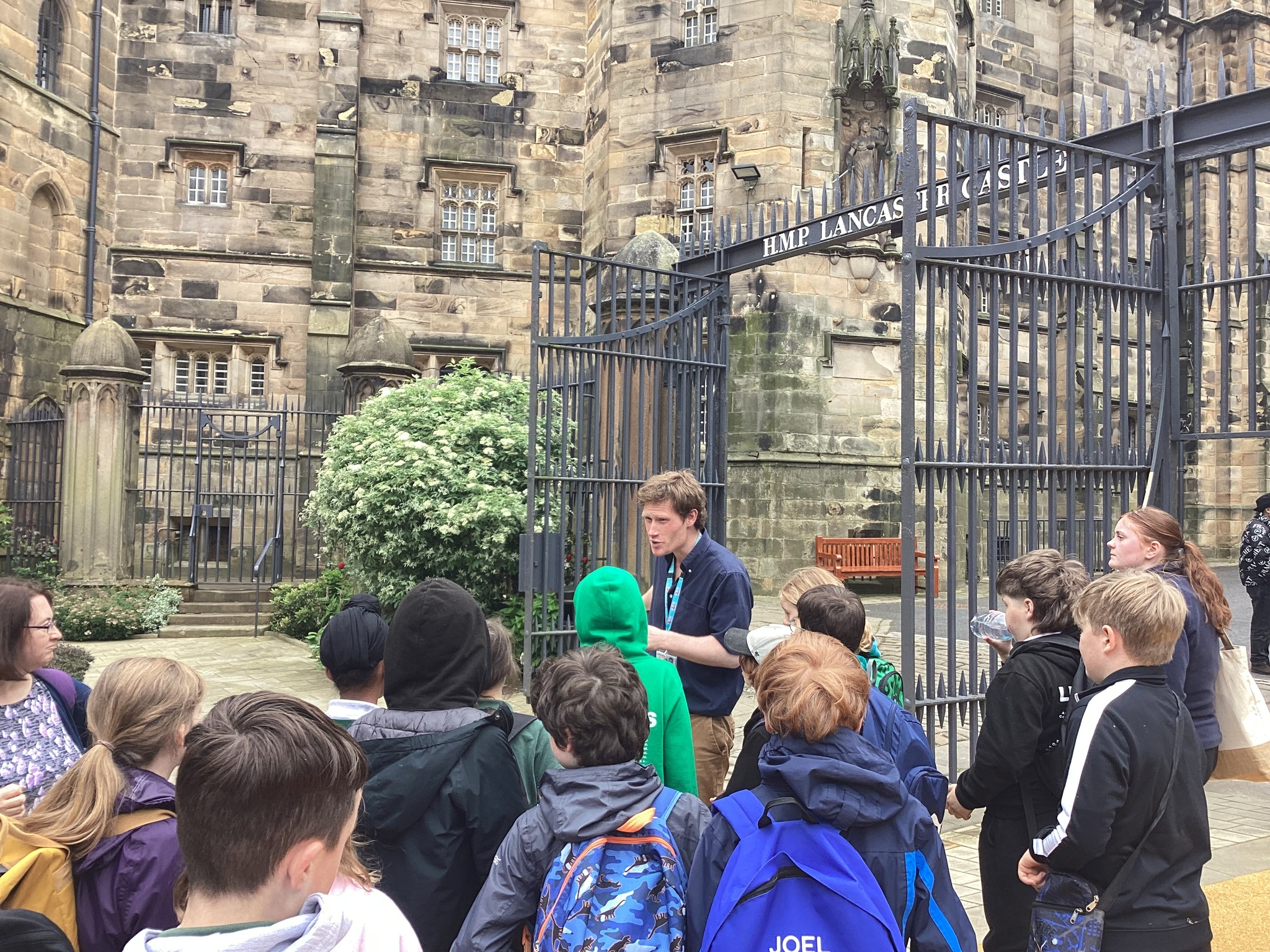
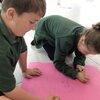
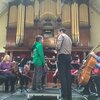
_(1).jpeg)
.jpeg)
_(1).png)
_(1).jpeg)
_(1).jpeg)
.jpeg)